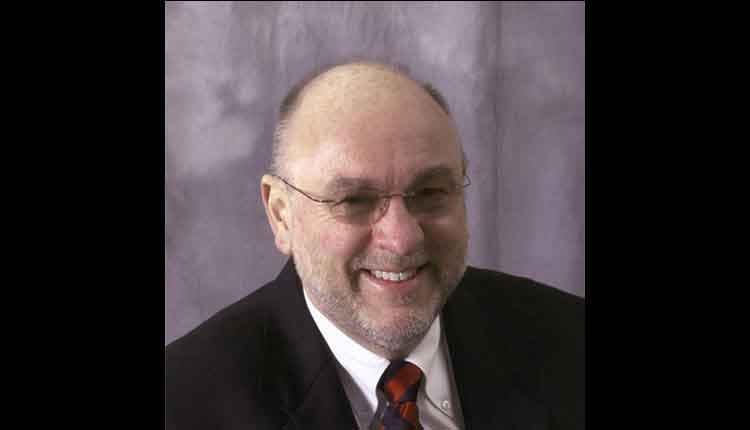In discussing music advocacy we often look at the “big picture,” that is, how we communicate and what we say about music and music education. In moving from the “macro” to the “micro”, it’s easy to miss a step in building our advocacy success blueprint.
How do we go about the task of creating, implementing, and integrating a viable music advocacy program?
Unfortunately, people are often intimidated by this seemingly impossible challenge; however it is a matter of simply taking advantage of the network-of-exchange that is already in place. We must create various ways to shirttail on the existing schedule, curriculum, and various program agendas.
Since we are musicians, music educators, and music supporters, we are convinced that everyone is in touch with the ever-growing library of positive music advocacy materials; such self-deception can lead to complacency, denial, and it will eventually come back to haunt us. We must establish an ongoing proactive campaign to persistently and consistently share the good news about the benefits of music with everyone. It is not just something we do, but it is a reflection of who we are; therefore it becomes a signature message evidenced in all of our communications.
Granted, it is all-too-easy to push this responsibility aside, particularly since we cannot identify immediate and measurable results from our efforts. Much like planting a flower bulb, the reward (the bloom) is not apparent until much later. Often we do not see the results of our investment of time and energy for many years, and even then it is difficult to link the outcome to the origin of the plan. Most of our music advocacy work is done in “good faith,” with the hope it will benefit many in the tomorrows that lie ahead. NOW is the time to take action; the opportunities are endless and the potential is beyond measure.
Communication is the key to the answer of this article. Advocacy, by definition, means to “voice” an opinion, idea, and/or thought; literally “to add ones voice” to the conversation.” We can do this in a number off ways to by taking advantage of the extraordinary communication circuit that is a part of our daily lives. By reading through the following suggestions, you will begin to create your own list of possibilities, and with each success, more options will appear.
Proactive Communication List
E-MAIL: The popularity of Internet communication points to e-mail exchange an obvious first step. Create an always-growing “list of candidates” who will benefit from reading the compelling information about music-learning, music listening, etc. Make the messages short-and-sweet, and create a comfortable outreach frequency for your cyberspace news quips supporting music advocacy.
PERFORMANCES: Concerts always involve concert programs; herein lies an opportunity to put into print advocacy data on the backs of the programs, inserts highlighting the value of music, registration cards to add to your data base, suggestion forms to allow the audience to become more involved as music supporters. We must create a bridge of communication by ASKING people to become a valued member of “the mission.”
COMMUNITY ORGANIZATIONS: Whether it is the Rotary Club, the Optimists, Chamber of Commerce, or any facet of the community, these groups are made up of the town-leaders, the people who are vitally interested in the health and welfare of the local society. When they choose to “get on the music bandwagon,” they influence others by their actions. Ask for the opportunity to address the membership of the organization, and put the information in their hands. Their support is crucial.
CHURCH CULTURE: Our spiritual life is threaded with music, and it is often taken for granted. From the church organist to the congregation singing concluding hymn, we have made music an essential element of our worship service. Here is yet another chance to share the good news. Adding a music advocacy note on the back of the church bulletin will assure readership from a new audience, a group who benefits in many ways from the talents and skills of musicians of all ages. And again, we have the chance to gain more people to be part of our music support family.
LOCAL MEDIA: Newspapers, television, and radio programmers are always looking for information that will draw the ears and eyes of the public. Good news is worthy news and we have an abundance of “great news” to bring to their doorstep. Develop a relationship with the various people in the news media. Invite them to concerts; encourage interviews with students, graduates, music parents, and administrators. Once they become your allies, the media forum will become a popular billboard for music reaching a large audience of potential supporters.
POLITICAL LEADERS: This is, without question, the most vital aspect of our music advocacy efforts. The politicians are the decision-makers; one stroke of the budgetary sharpened pencil can instantly destroy many years of a tradition of musical excellence in your community. To ignore this crucial area of music advocacy is naive. Political leaders can be music’s “best friend,” but they must be informed, and we must serve as the messenger-of-music. Seek those in your community who “speak the language” of politics; engage the support of these individuals and begin an ongoing dialogue with the local, regional, and state politicians.
The above six suggestions merely offer a starting place for successful music advocacy; the list is of possibilities is infinite, it is limited only by our imagination. We all have a surplus of ideas, but we must take action on these ideas by assertively stepping forward to create active communication.


